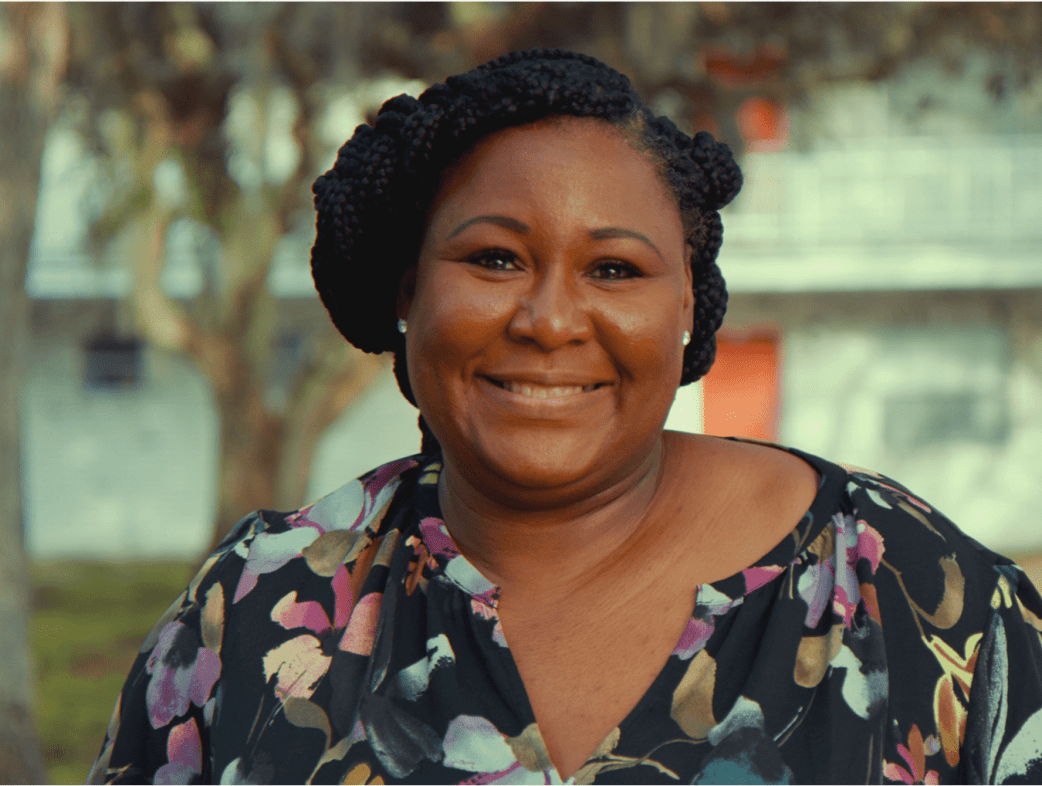Neck, Spinal Cord, and Back Injury in Los Angeles
633 West Fifth Street, Suite 2200
Los Angeles, CA 90071
- The Fee Is Free Unless You Win®.
- America's Largest Injury Law Firm™
- Protecting Families Since 1988
- 25 Billion+ Won
- 1,000+ Lawyers Nationwide
Free Case Evaluation

Los Angeles Neck, Spinal Cord, and Back Injury
From shopping on Rodeo Dr to celebrity watching on Hollywood Blvd, there's plenty to see and do in Los Angeles. What you don't expect is to suffer a neck, spinal cord, or back injury in the City of Angeles. However, if you're involved in an accident, you may be entitled to receive compensation for your injuries. If you experience a neck, spinal cord, or back injury in Los Angeles, Morgan & Morgan may be able to help. Contact Morgan & Morgan today for a free, no-obligation case evaluation with one of our specialists.
How it works
It's easy to get started.
The Fee Is Free®. Only pay if we win.
Results may vary depending on your particular facts and legal circumstances.
Step 1
Submit
your claimWith a free case evaluation, submitting your case is easy with Morgan & Morgan.
Step 2
We take
actionOur dedicated team gets to work investigating your claim.
Step 3
We fight
for youIf we take on the case, our team fights to get you the results you deserve.
In Their Words
Real clients share their experience.
Based on select nationwide reviews.
Get answers to commonly asked questions about our legal services and learn how we may assist you with your case.
Common Types of Neck, Spinal Cord, and Back Injuries
Your spinal cord is comprised of vertebrae that can be fractured, broken, bruised, or even separated. When this occurs, you may experience pain, limited movement, or paralysis. The symptoms will depend on the severity of the injury. Some common spinal cord injuries include the following.
- Cervical Vertebrae: The cervical vertebrae support the neck. Spinal injuries to the cervical vertebrae affect the nerves that control the back of the head, the shoulders, the arms, the hands, and the diaphragm muscle. The diaphragm is an important muscle used when breathing; therefore, cervical injuries can be severely life-threatening when they limit the ability to breathe.
- Thoracic Vertebrae: The thoracic vertebrae support the upper and middle back. The thoracic nerves control the chest muscles, some of the upper back muscles, and parts of the abdomen. Injuries to this area can not only restrict one's ability to move independently and to breathe but can limit the function of the digestive system and necessitate permanent medical assistance.
- Lumbar Vertebrae: The lumbar vertebrae support the lower back. The nerves of the lumbar spine control the lower abdomen, the lower back, the buttocks muscles, and parts of the legs and genitals. Spinal cord injuries to this area can lead to paraplegia, loss of bladder and bowel control, and sexual dysfunction.
- Sacral Vertebrae: The sacral vertebrae are the five fused vertebrae that form the sacrum at the base of the spine. Injury to this area of the spine can reduce or eliminate the ability to control the thighs, lower legs, feet, and external genitals.
- Coccygeal Vertebrae: The Coccygeal vertebrae or tailbone is the area on the lower back that controls the sensation of the skin. Injuries here are often painful but are rarely serious.
Why Choose Morgan & Morgan
Morgan & Morgan is the largest personal injury law firm in the nation, and we have recovered more than $20 billion in damages for our clients. Contact Morgan & Morgan to learn more about your neck, spinal cord, and back injury case in Los Angeles.


